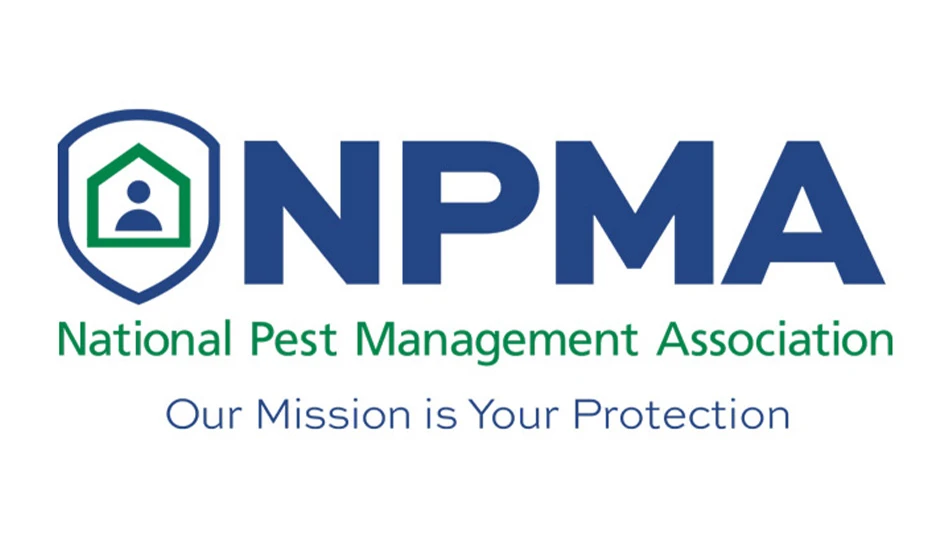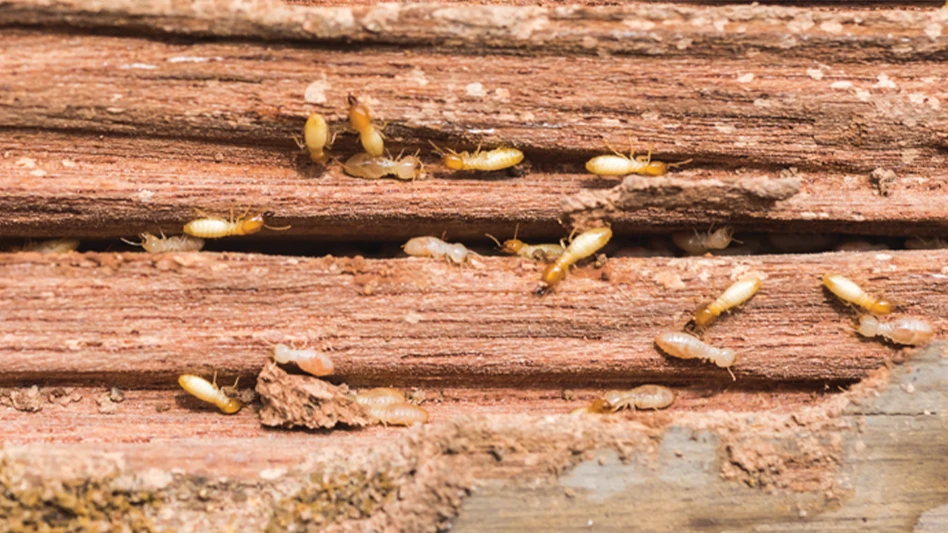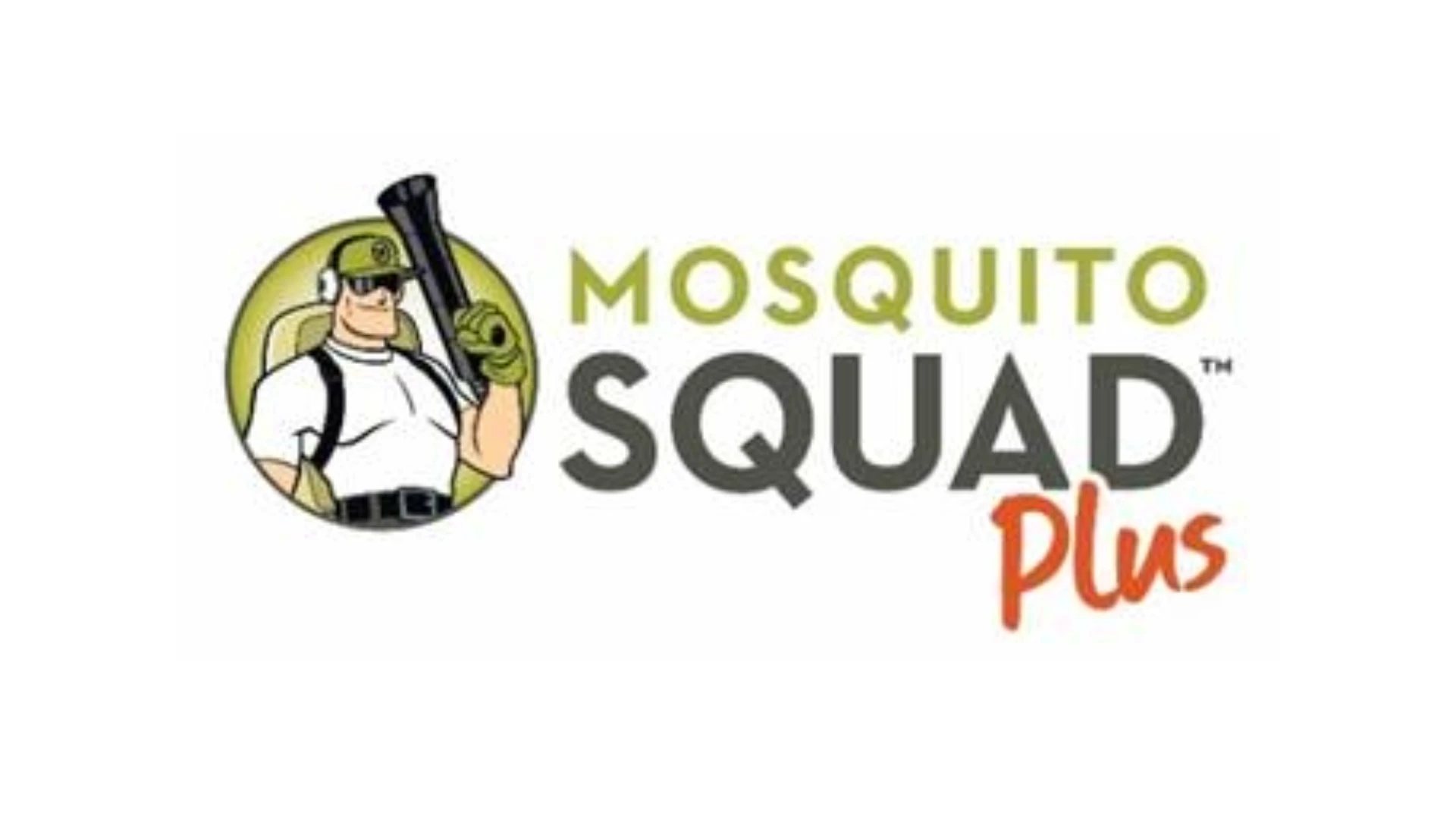Mosquitoes are by far the most prominent of the bloodsucking arthropods, causing widespread annoyance and disease transmission worldwide. Sometimes we fail to realize the tremendous effect these tiny creatures have on human life.
There are more than 3,000 species of mosquitoes in the world, attacking a wide range of animals including mammals (of all kinds), birds, reptiles, amphibians and (even) fish. Most species bite at night although some are day feeders.
Mosquitoes may originate from water sources of just about any kind you can imagine — fresh water, foul water, brackish water, water in tires, hoof prints, cemetery vases, trash, tree holes, leaves of plants, the margins of lakes, streams and water impoundments. They can develop in such huge numbers that virtually all outside activity becomes unbearable. Not only that, but mosquitoes are also notorious vectors of human and animal diseases such as malaria, yellow fever, dengue, filariasis and encephalitis.
NUISANCE EFFECTS. Mosquito biting impacts development of coastal areas (e.g. Florida, Louisiana), outdoor-related industries and recreational activities such as ball sports, fishing, hiking, etc. Can you imagine sitting in the bleachers trying to watch a ballgame with a mosquito landing count of 200 per minute? Or, what about a policeman, fireman or construction worker trying to do his/her job under such conditions?
In addition, wildlife and domestic animals are negatively impacted. Reindeer (the real kind, not Santa’s) and caribou make major migrations annually in Arctic areas to avoid mosquitoes. Several research studies have shown that cattle weight gain and milk production are lowered because of mosquito biting. One study found that each cow loses up to 166 ml of blood per night in heavily infested mosquito areas.
DISEASE TRANSMISSION. Mosquitoes are the No. 1 arthropod vectors of disease agents in the world, being potent vectors of three types of disease germs — protozoans (malaria), filarial worms (filariasis) and viruses (yellow fever, dengue, encephalitis). Malaria is prevalent in many areas of the world, resulting in staggering case numbers and millions of deaths each year. Fortunately, malaria has for the most part been eradicated from the United States, although imported cases are common (people traveling or immigrating).
Yellow fever, the most lethal of all arboviruses, has had a devastating effect on human social development. Large outbreaks ravaged many southern United States cities in the late 1800s. For decades, the disease was reduced to a low level (at least the urban form of the disease), but since 1990 there has been a large resurgence, especially in Nigeria. There was a recent fatal case of yellow fever in Tennessee in a returning traveler. According to reports, he had been on an "eco-vacation" in the Amazon region of Brazil.
Dengue fever, also known as "breakbone fever" because of the intense pain it causes, is responsible for hundreds of millions of cases of illness in much of the tropics and subtropics each year. The mosquito vectors occur in the United States, so there’s no reason why it can’t occur here.
Filariasis, a condition caused by nematode worms transmitted to people by mosquitoes, is widespread in the tropics. There are literally millions of people infected, causing elephantiasis and other medical conditions.
In the United States the worst threat from mosquitoes is encephalitis. These diseases are collectively called the encephalitides. They are essentially animal diseases, called "zoonoses," which only occasionally get transmitted to people. Most of them circulate among birds or small mammals by way of mosquito bites. Humans (or horses) get infected by accident — and thus are called "accidental hosts." All encephalitides more or less cause similar symptoms in humans, although with great differences in severity. Some of them are extremely mild with a 1 percent or less mortality rate, while others may kill as many as half of the people infected. And, making matters worse, even for the survivors, there are sometimes long-lasting effects such as memory loss, personality changes, etc.
Below is a breakdown of the common mosquito-carried encephalitis viruses in the United States and some characteristics of each one.
Eastern equine encephalitis. Eastern equine encephalitis (EEE) is generally the worst strain, being severe and frequently fatal (mortality rate 30 to 60 percent). It is especially bad in children. Fortunately, large and widespread outbreaks are not common; between 1961 and 1985 only 99 human cases were reported in the United States. EEE occurs in late summer and early fall in the central and north central United States, parts of Canada, southward along the coastal margins of the eastern United States and the Gulf of Mexico and sparsely throughout Central and South America. The life cycle of EEE is poorly understood. The virus circulates in wild bird populations by bird-feeding mosquitoes, but the exact mechanism of spread to humans is largely speculative. It is believed to be transmitted to humans by the mosquitoes, Aedes sollicitans, Coquillettidia perturbans and possibly Ae. vexans and Anopheles crucians.
St. Louis encephalitis. St. Louis encephalitis (SLE) produces lower mortality rates than EEE (3 to 20 percent), but occurs occasionally in large epidemics over much of the United States In contrast to EEE, SLE is worse in older people. But, like EEE, most cases occur in late summer. In 1933 there were 1,095 cases in the St. Louis area with more than 200 deaths. In 1975-76 there were more than 2,000 cases reported from 30 states, primarily in the Mississippi Valley. More recently, there was an outbreak of SLE in 2001 in Monroe, La., affecting more than 60 people. SLE is transmitted by Culex tarsalis (western and southwestern United States), Cx. quinquefasciatus (central and Southeast United States) and Cx. nigripalpus (Southeast United States).
Western equine encephalitis. Western equine encephalitis (WEE), occurring in the western and central United States, parts of Canada and parts of South America, has occurred in several large outbreaks. There were large epidemics in the north central United States in 1941 and in the central valley of California in 1952. The 1941 outbreak involved 3,000 cases. During 1964-1997, there were 639 human WEE cases reported to the CDC, for a national average of 19 cases per year. WEE is generally less severe than EEE and SLE, with a mortality rate of only 2 to 5 percent. Cases appear in early to midsummer and are primarily due to bites by infected Culex tarsalis mosquitoes.
LaCrosse encephalitis. LaCrosse encephalitis (LAC) is a California group encephalitis that primarily affects children in the Midwest states of Ohio, Indiana, Minnesota and Wisconsin. More recently, the disease has also become common in the southern states. The mortality rate of LAC is less than 1 percent, but infection often leads to seizures. In fact, that is one of the main symptoms — seizures in infants and children. The national average for LAC cases is about 70 per year. Most cases occur in July, August and September. LAC is transmitted to humans by the tree hole mosquito, Aedes triseriatus. Interestingly, the virus may be transferred from adult female Ae. triseriatus to her offspring through the eggs. Some amplification of the virus takes place in nature through an Ae. triseriatus, wild vertebrate cycle.
Other California group encephalitis. Although LAC (above) encephalitis is probably the most notorious, several other California group encephalitis viruses exist. North American forms include California encephalitis (CE), Jamestown Canyon (JC), Jerry Slough (JS), Keystone (KEY), San Angelo (SA), Trivittatus (TVT) and others. Viruses in the California serogroup are primarily pathogens of rodents and rabbits. They are transmitted to people by several species of mosquitoes, but especially the tree-hole, floodwater and snow pool Aedes spp. California group encephalitis viruses generally produce only mild illness in humans (mortality rates 1 percent or so).
West Nile encephalitis. West Nile virus (WNV) was identified for the first time in the Western Hemisphere in New York in 1999. By the end of the year, the virus had caused encephalitis in 62 people and numerous horses in and around New York City, resulting in 7 human and 10 equine deaths. The virus continued to spread in 2000 and 2001 and now evidence of WNV has been found in virtually all eastern states. WNV may eventually end up occurring throughout the continental United States.
As far as severity of the disease, WNV is no more dangerous than SLE (one of our "native" encephalitis viruses). Like SLE, WNV is more dangerous to older patients. A lot is yet unknown about the ecology of WNV in the United States, but we do know the virus causes a bird disease and is transmitted by mosquitoes. WNV is believed to be transmitted to humans by Cx. restuans, Cx. salinarius, Cx. pipiens, Cx. quinquefasciatus and possibly Aedes japonicus.
PESTICIDE SPRAYING. As with any public health issue, benefits of the activity must be weighed against risks. In the case of using pesticides for mosquito control, there is the benefit of reducing mosquito numbers versus the risk (no matter how small) of pesticide exposure to people and the environment.
Mosquito control has — as its basis — years of scientific evidence proving that it works. There is no question that insecticides will kill mosquitoes when distributed by ULV machines using EPA-registered materials in properly calibrated machines and under proper environmental conditions as specified on the label. Accordingly, if there is a reduction in mosquito numbers, there is — at least — some reduction in risk of contracting a mosquito-borne disease. And that is a good thing!
Certainly, mosquito control programs should primarily emphasize source reduction and larvaciding (especially with bacterial pathogens such as Bti) and only use adult-iciding when based on evidence that it is needed. This basis can be mosquito trap numbers, cases of human or animal disease or even carefully documented complaints. Routine daily or weekly mosquito adulticiding using truck- or airplane-mounted ULV machines without a legitimate basis for spraying should not be performed (Yes, this still does occur in some areas of the country.)
The use of pesticides in public areas will likely remain controversial for the foreseeable future. However, if mosquito control personnel will be careful to base their pesticidal applications on a demonstrable (quantifiable) need, then there are fewer chances for successful legal action to stop those applications. We must be ever vigilant to balance benefits vs. risks and only use widespread pesticide applications when there’s an appropriate need.
The author is a medical entomologist for the Mississippi Department of Health and clinical assistant professor of preventive medicine at the University of Mississippi Medical Center, Jackson, Miss. He can be reached at jgoddard@pctonline.com or 601/576-7512.

Explore the March 2002 Issue
Check out more from this issue and find your next story to read.
Latest from Pest Control Technology
- Pete Schopen on Centering AI, Technology as 89th Purdue Pest Management Theme
- East Tennessee Pest Control Association Hosts 2025 Smoky Mountain Conference
- Bronx Zoo Welcomes Back 'Name a Roach' Valentine's Tradition
- Working with Contractors to Keep Construction Sites Pest-free
- Nominate an Industry Professional for a 2025 Crown Leadership Award
- Webinar: ActiveGuard Will Positively Impact Your Bottom Line
- MGK Announces EPA Registration of Botanical Active Ingredient Veratrine
- Termite Control Sales Strategies





